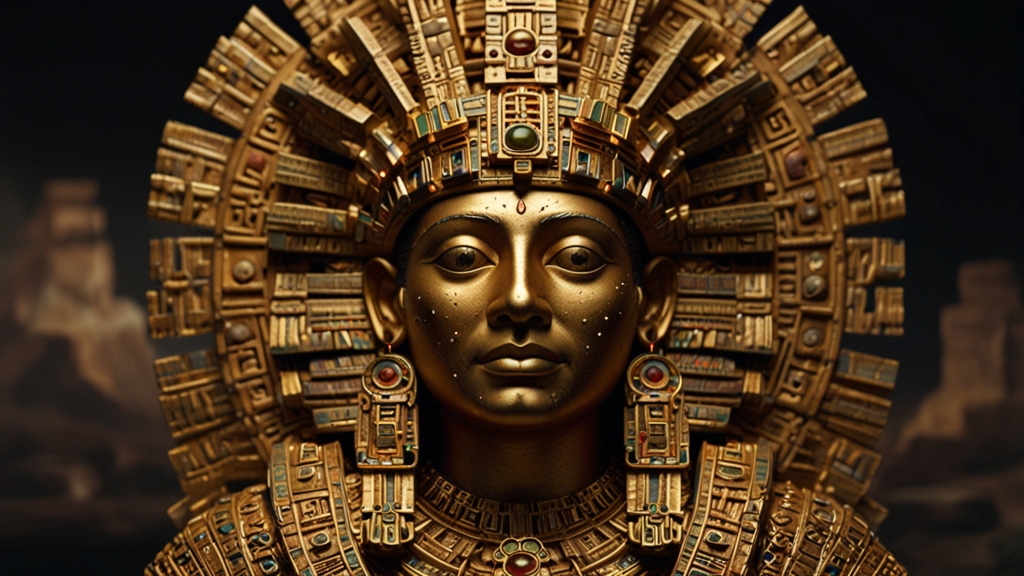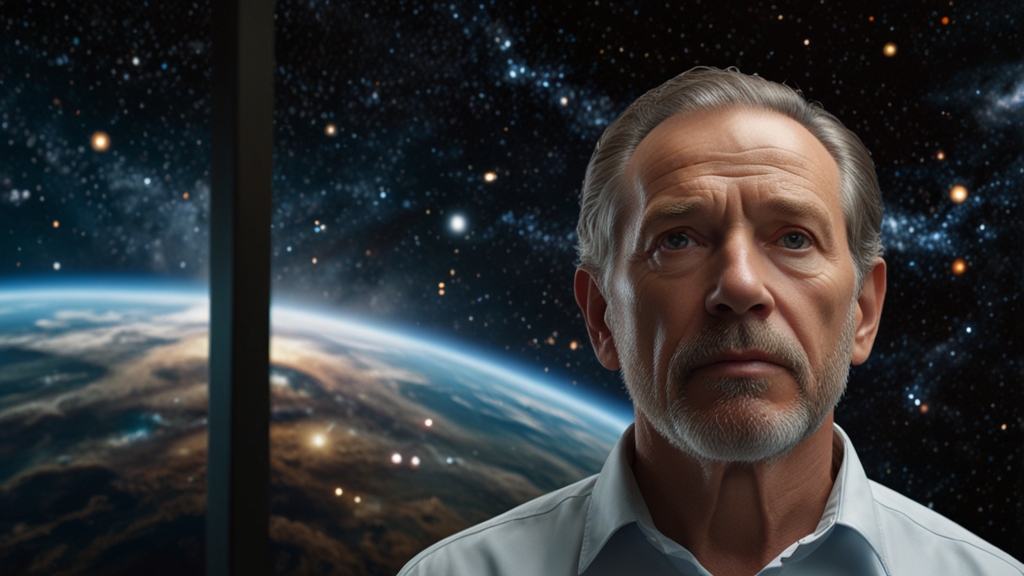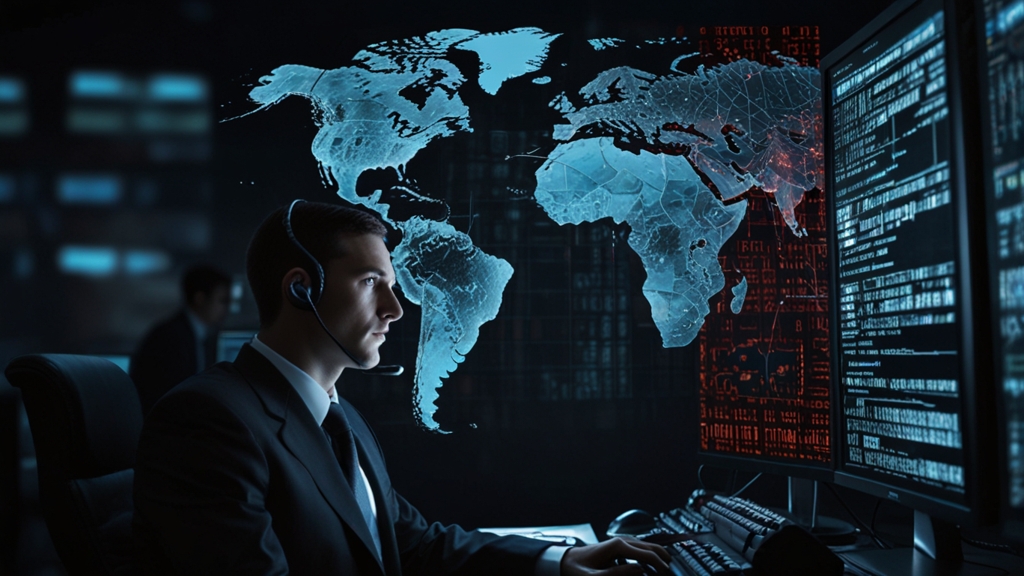Aztec Gold: The Chemistry Behind Ancient Treasures
The Aztec civilization, known for its remarkable contributions to art, culture, and engineering, has also fascinated historians and archaeologists with its stunning collection of gold artifacts. While the sheer beauty and craftsmanship of these treasures have been well-documented, the chemistry behind Aztec gold remains an equally intriguing subject. Understanding how the Aztecs extracted, refined, and crafted gold can offer insights into their advanced metallurgical techniques and the scientific ingenuity of ancient Mesoamerica.
Gold in Aztec Culture
Gold, or teocuitlatl in the Nahuatl language, held a sacred place in Aztec culture. Not merely a symbol of wealth, gold was revered as divine and used extensively in religious rituals, ceremonies, and regalia. The metal's luster and rarity made it a material fit for the gods, often featuring in offerings and adornments for priests and nobility. The cultural significance of gold extended beyond its material value, imbuing it with spiritual and social importance.
The Aztecs believed gold to be the excrement of the gods, a celestial gift that symbolized both power and piety. This reverence for gold is evident in the way they meticulously worked the metal into intricate designs and shapes.
Extraction and Refinement
The process of obtaining gold began with mining, a task that required significant manual labor. Aztec miners used tools made from stone and wood to extract gold-bearing ores from riverbeds and mines. Despite the primitive nature of these tools compared to modern standards, they were surprisingly effective in locating and retrieving the precious metal.
Once the ore was collected, the Aztecs employed a series of techniques to extract gold. One common method was flotation, where water and gravity were used to separate gold particles from lighter materials. The gold-panning techniques employed by the Aztecs foreshadowed modern methods, showcasing their advanced understanding of physical properties and natural processes.
Metallurgical Techniques
After extraction, the gold needed to be refined to remove impurities. The Aztecs used a process called smelting, where the ore was heated in furnaces to almost 1000 degrees Celsius. This high-temperature procedure allowed the gold to separate from other elements. To further purify the metal, they might add materials like lead, which would form easily removable dross with the impurities.
The sophistication of Aztec metallurgical techniques is evident from the purity and consistency of their gold artifacts. Analyses of these objects have shown a remarkable purity level, often exceeding 90%, which indicates a highly advanced refinement process.
Craftsmanship and Alloying
Once refined, the gold was ready to be shaped into various artifacts. Aztec goldsmiths employed several techniques, including casting, hammering, and embossing. One of the most notable methods was the lost-wax casting technique, which involved creating a detailed wax model of the desired object, covering it with clay, and then heating it so the wax melted away, leaving a mold that could be filled with molten gold.
Beyond pure gold, the Aztecs also experimented with alloying, combining gold with other metals such as copper and silver to achieve different colorations and mechanical properties. These alloys not only expanded the aesthetic possibilities but also improved the durability and workability of the metal, making it easier to create intricate designs.
Conclusion
The chemistry behind Aztec gold is a testament to the ingenuity and technical prowess of this ancient civilization. From sophisticated extraction methods to advanced smelting and alloying techniques, the Aztecs demonstrated a deep understanding of metallurgical processes. Their ability to transform raw ore into objects of immense cultural and spiritual significance underscores the intricate relationship between science, craftsmanship, and culture in ancient Mesoamerica.
Even today, the allure of Aztec gold continues to captivate our imagination, reminding us of the incredible achievements of a civilization that was ahead of its time in so many ways.













